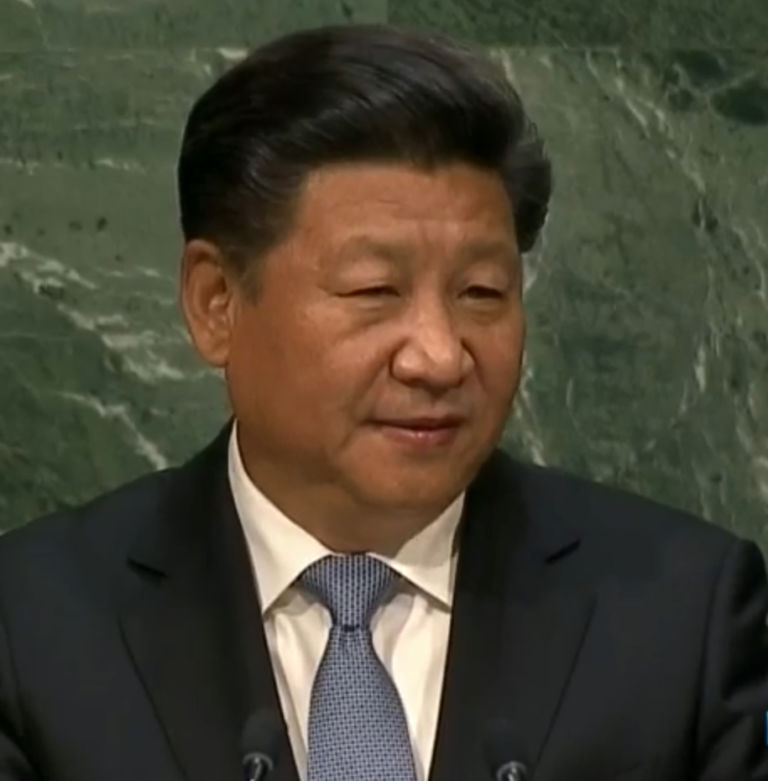The U.S. Navy could be spending its time and resources preparing to protect the nation against possible naval threats. Morgan Chalfant of the Washington Free Beacon documents that, as an alternative, the Navy is focusing on a renewable energy boondoggle.
The U.S. Navy handed out a $334 million contract for solar power without having a good way to determine whether the project would be cost effective.
The Pentagon’s inspector general recently audited three of the Navy’s large-scale renewable energy projects at installations supervised by the U.S. Pacific Command, finding that federal employees tasked with carrying out cost-effectiveness assessments of these projects did not have the documentation to back up their calculations or conclusions.
The Navy has not provided “comprehensive guidance” for evaluating the cost effectiveness of the six large-scale renewable energy projects in the region, according to the inspector general report issued last week. The Pentagon and the Navy also do not have a “formal written definition” of cost effectiveness for large-scale renewable energy projects.
Navy Secretary Ray Mabus made alternative energy a priority in 2009, directing the service to generate half of its total energy from alternative sources by 2020. In 2014, Mabus established an office to identify cost-effective projects for Navy installations to help achieve the service’s energy goals.
Measures to determine the cost savings of these projects have been unreliable due to shortcomings in the Navy’s guidance for evaluating the projects, according to the audit.
“Navy personnel could not support the assumptions and calculations made in their assessments because Navy guidance does not include specific steps for evaluating the cost-effectiveness of renewable energy projects and does not require that supporting documentation be maintained,” the Pentagon inspector general wrote. “As a result, the Navy lacks assurance that cost-effectiveness assessments for its large-scale renewable energy projects are accurate, and that appropriate investments decisions are made.”


